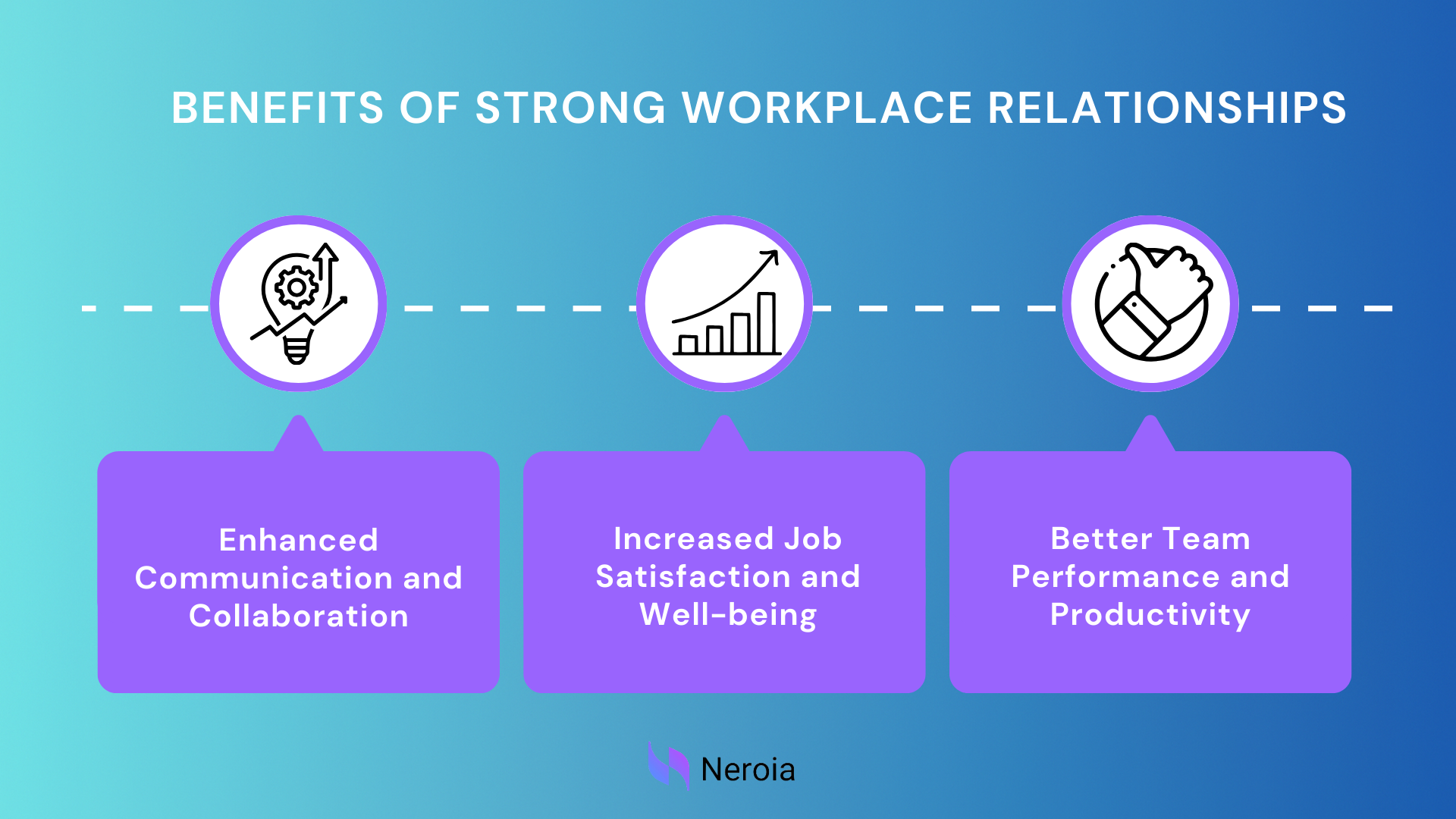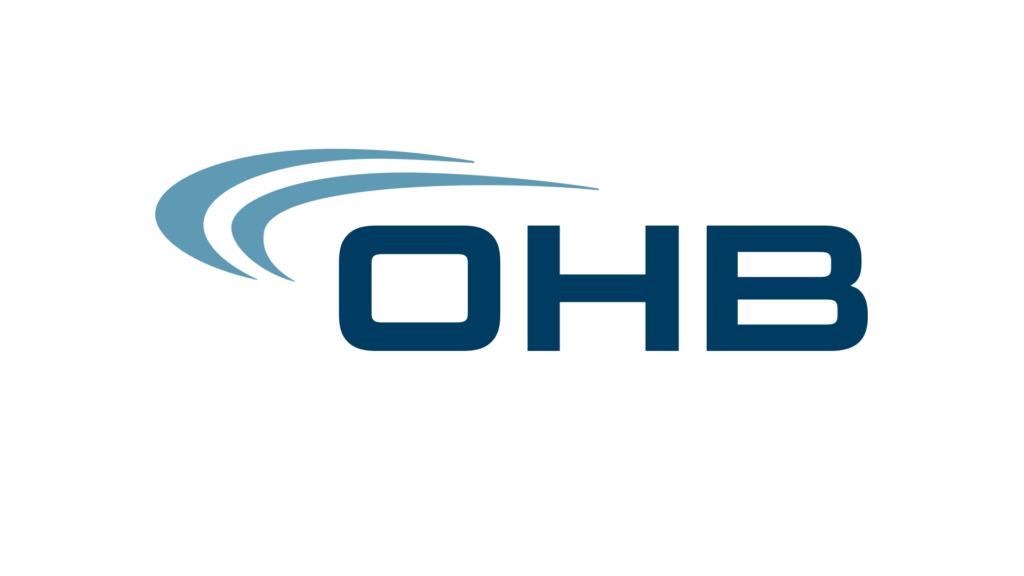Ever noticed how some colleagues thrive at work while others feel isolated despite being surrounded by people? The secret often lies in mastering interpersonal relationships at work - a skill that can transform your career trajectory and daily work experience. Let's explore how to build these vital connections that make or break professional success.
Understanding Interpersonal Relationships in the Workplace
What Are Workplace Interpersonal Relationships?
Professional relationships extend far beyond casual water cooler conversations. These connections form the foundation of organizational culture and determine how effectively teams collaborate. They encompass every interaction between colleagues, from formal meetings to informal chats, creating a complex web of professional and social bonds that shape the workplace environment.
Strong workplace relationships are the invisible threads that weave together successful organizations.
Why Workplace Relationships Matter
The modern workplace is evolving rapidly, with remote and hybrid arrangements becoming increasingly common. In this changing landscape, building and maintaining meaningful connections has never been more crucial. Research shows that positive workplace relationships directly impact employee retention, job satisfaction, and overall organizational success.
Key Elements of Professional Relationships
Professional relationships thrive on three fundamental pillars: trust, respect, and communication. Understanding these elements helps professionals navigate workplace dynamics more effectively. The most successful professionals recognize that building strong connections requires a balanced approach that honors both professional boundaries and genuine human interaction.
Benefits of Strong Workplace Relationships

Enhanced Communication and Collaboration
When colleagues develop strong professional bonds, communication barriers naturally dissolve. Teams that maintain healthy work relationships often experience smoother project execution and fewer misunderstandings.
Increased Job Satisfaction and Well-being
Strong workplace relationships contribute significantly to employee well-being. Here's how different aspects of work relationships impact job satisfaction:
| Relationship Factor | Impact on Well-being | Long-term Benefits |
|---|---|---|
| Peer Support | Reduced stress levels | Higher job retention |
| Team Trust | Improved mental health | Increased creativity |
| Professional Respect | Enhanced confidence | Career advancement |
| Social Connection | Better work-life balance | Stronger company culture |
Better Team Performance and Productivity
Teams with strong interpersonal bonds consistently outperform those without them. When people feel comfortable with their colleagues, they're more likely to:
- Share innovative ideas without fear of judgment
- Offer constructive feedback that improves team outcomes
- Support each other during challenging projects
Building Professional Relationships with Colleagues
Active Listening and Empathy
Developing strong professional relationships starts with active listening. This means focusing fully on understanding colleagues' perspectives rather than simply waiting for your turn to speak. Empathy in the workplace creates an environment where people feel heard and valued.
Active listening is not just hearing words; it's understanding the message behind them.
Respect and Professional Boundaries
Maintaining appropriate boundaries while building professional relationships requires careful balance. Successful workplace relationships thrive when colleagues:
- Respect each other's time and workload
- Acknowledge personal and professional boundaries
- Honor diverse perspectives and working styles
Trust-Building Strategies
Trust forms the cornerstone of effective workplace relationships. Building trust requires consistency, reliability, and transparency in all professional interactions. Small, consistent actions often have more impact than grand gestures when it comes to establishing trust among colleagues.
Navigating Different Types of Work Relationships
Peer-to-Peer Relationships
Peer relationships often present the most opportunities for building authentic connections. These horizontal relationships allow for mutual support and collaboration without the complexities of hierarchical dynamics. Successful peer relationships balance professional cooperation with personal rapport.
Manager-Employee Dynamics
The relationship between managers and employees requires special attention to power dynamics while maintaining approachability and respect. Effective manager-employee relationships foster growth, provide clear communication channels, and create an environment where feedback flows naturally in both directions.
Cross-Departmental Connections
Building relationships across departments breaks down silos and enhances organizational effectiveness. These connections often lead to innovative solutions and improved company-wide collaboration. Cross-departmental relationships require extra effort to maintain but offer valuable perspectives and resources.
The strength of an organization lies not in its organizational chart, but in the invisible networks of relationships that connect its people.
Creating a Connected Workplace Culture

Leadership's Role in Fostering Connection
Leaders play a pivotal role in shaping interpersonal relationships at work. When executives and managers prioritize social connections, they set the tone for the entire organization. Modern leadership involves more than just overseeing tasks—it requires creating an environment where authentic relationships can flourish.
Effective leaders understand that forcing connections rarely works. Instead, they focus on removing barriers that prevent natural interactions. This might mean adjusting meeting schedules to allow for informal conversations or creating flexible spaces where employees can gather organically. Research shows that when leaders model open communication and vulnerability, team members feel more comfortable building genuine connections.
Leadership isn't about mandating relationships—it's about creating spaces where connections can naturally develop.
Building Meaningful Work Relationships
Building professional relationships requires intention and authenticity. The key lies in finding common ground while maintaining appropriate boundaries. Successful workplace connections often start with shared interests or projects, then develop naturally over time.
Here's a practical framework for developing workplace relationships:
| Stage | Focus Area | Key Actions |
|---|---|---|
| Initial | Common Ground | Identify shared interests and goals |
| Building | Regular Interaction | Engage in meaningful conversations |
| Maintaining | Mutual Support | Offer and accept professional assistance |
| Growing | Deep Connection | Share challenges and celebrate successes |
The most effective relationships develop when employees have the freedom to connect based on genuine interests rather than forced interactions. This organic approach leads to stronger, more lasting bonds.
Designing Spaces for Social Interaction
Physical and virtual workspace design significantly impacts how people interact. Smart organizations create environments that encourage spontaneous conversations while respecting the need for focused work time. This balance becomes especially crucial in hybrid work settings.
Modern office layouts should include:
- Casual meeting areas for impromptu discussions
- Quiet zones for concentrated work
- Digital platforms for remote team connection
Practical Strategies to Combat Workplace Loneliness
Individual Coping Mechanisms
Employees can take proactive steps to enhance their social connections at work. This involves developing social skills in the workplace and being intentional about relationship building. Simple actions, like initiating conversations during breaks or joining optional team activities, can make a significant difference.
Small, consistent efforts to connect with colleagues create stronger workplace relationships than grand, occasional gestures.
Team-Building Initiatives
Effective team building moves beyond traditional forced activities to focus on creating authentic opportunities for connection. The most successful initiatives arise from employee interests and preferences rather than top-down mandates.
Consider these emerging approaches to team connection:
- Interest-based micro-communities
- Skill-sharing sessions
- Cross-departmental projects
Organizational Support Systems
Organizations must provide structured support for healthy work relationships while allowing for organic growth. This includes implementing policies that encourage work-life balance and creating opportunities for meaningful interaction across departments.
The Future of Workplace Connection
Emerging Trends in Social Connection
The workplace continues to evolve, with new patterns of social interaction emerging. Remote and hybrid work arrangements are reshaping how colleagues build and maintain relationships. Future-focused organizations recognize the need to adapt their approach to fostering workplace connections.
Technology's Role in Building Community
Digital tools are transforming how we build professional relationships. AI-powered platforms can now facilitate more natural and personalized social connections, matching employees based on shared interests and goals. This technology serves as an enabler rather than a replacement for human interaction.
Creating Sustainable Social Support Systems
Long-term success in building workplace relationships requires sustainable systems that evolve with changing needs. Organizations must balance structure with flexibility, allowing for organic growth while providing necessary support.
The future of workplace connection lies in empowering employees to build relationships on their own terms.
For organizations looking to enhance their approach to workplace relationships, platforms like Neroia offer innovative solutions that combine AI-driven personalization with human-centered connection, helping create more authentic and engaging workplace communities.




